Zika virus: The outbreak in Asia
- Published
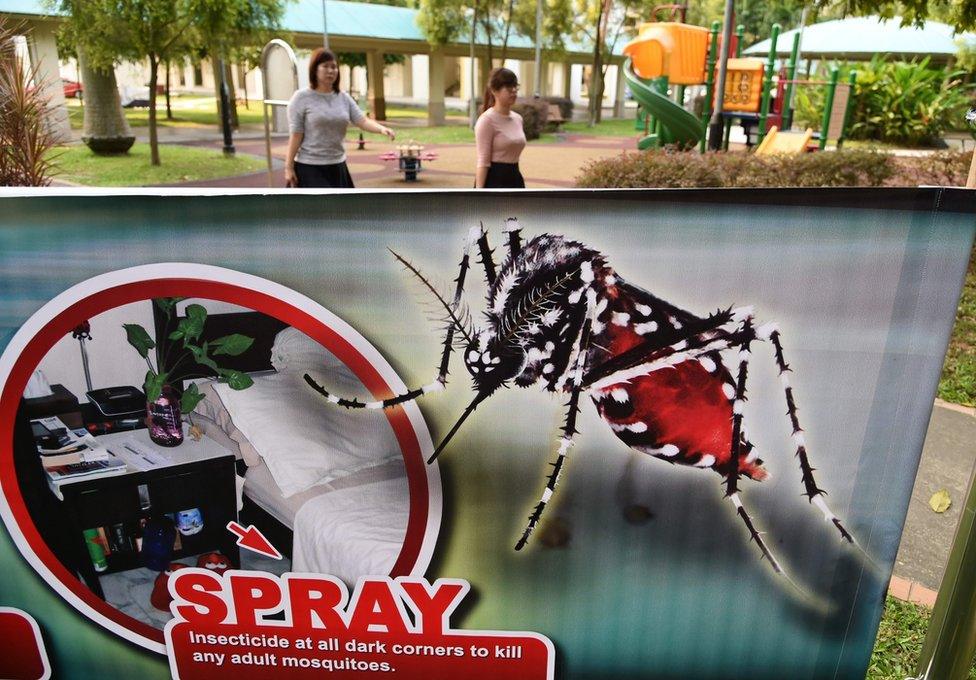
Singapore has been trying to raise public awareness about Zika-carrying mosquitoes
The World Health Organization has said it is highly likely that infections and outbreaks of Zika will continue to rise in Asia.
Hundreds of cases have cropped up in the region, and Thailand has confirmed two cases of babies born with Zika-linked microcephaly.
How widespread is Zika in South East Asia?
At least 19 countries and areas in the region have reported locally transmitted cases since 2007, according to the WHO. The majority - 13 - reported their cases this year.
Thailand has recorded some 350 cases and Singapore nearly 400, including pregnant women.

Thai officials have ordered increased mosquito fogging
The Philippines, Malaysia, Vietnam and Indonesia are among the countries reporting a handful of cases.
The US Communicable Disease Center has advised, external pregnant women to consider postponing non-essential travel to most of the region, and to avoid Singapore., external
The Aedes mosquito, which transmits the virus, can be found across a wide swathe of South and South East Asia and northern Australia.
Is this the same as the Brazil strain?
Zika first originated in Africa, but is believed to have been circulating in Asia since the first half of the 20th Century. Various strains have been circulating for several decades in the region, external.
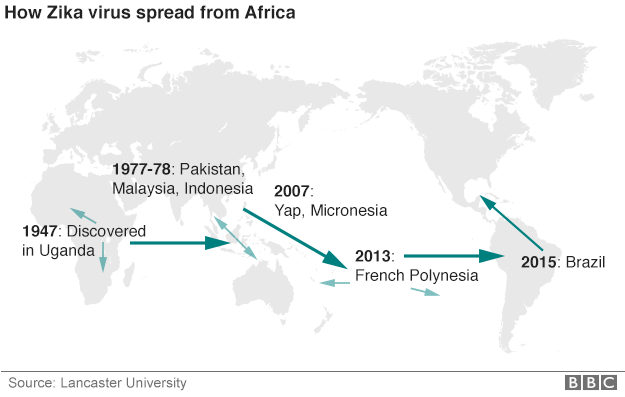
Singapore has said, external its outbreak was caused by a local strain, not the one which caused the huge outbreak in South America.
An October 2016 WHO report , externalsaid it was not clear which strain caused the two Zika-linked microcephaly cases there.
The two mothers had not travelled outside Thailand.
A confirmed link between the local strain of Zika and microcephaly would have a "significant impact on the global risk assessment" said the WHO, as it would show that deformation could happen with more than one strain.
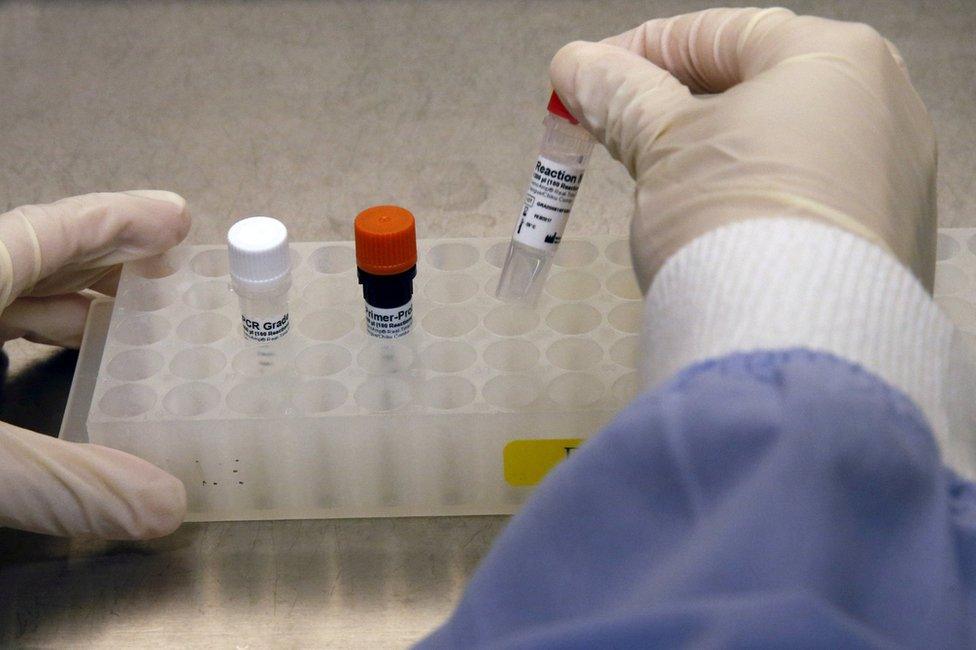
Singapore scientists have developed quick-test kits for Zika
One reason why Zika is only now being linked to microcephaly in the region could be because tests for the link have only recently been developed.
"Because the link was not previously scientifically known, and the disease [Zika] is often very mild, and testing not available, people just did not make the connection," says Prof Jesse Goodman, an infectious diseases expert from Georgetown University.
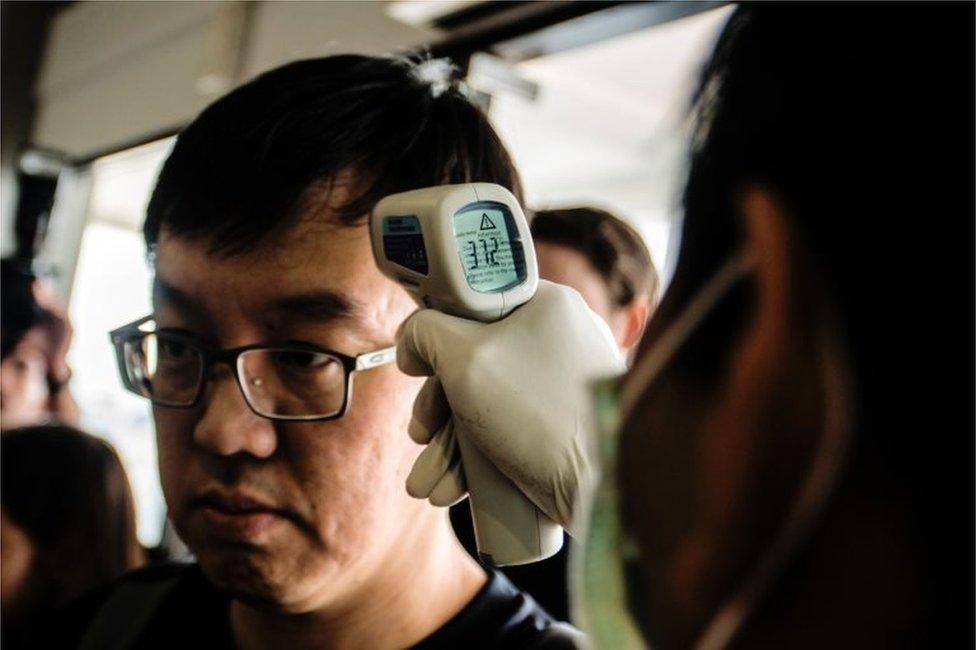
One of the symptoms of the Zika virus is a high fever
Is there any regional immunity to Zika?
There is a lack of data on this, but most experts believe there is a high level of immunity among adults, given the prevalence and long history of the disease in the region.
This could mean that "the outbreaks are likely to be a lot less explosive" than in South America, says Prof Paul Tambyah, secretary-general of the Asia Pacific Society of Clinical Microbiology and Infection.
But with some countries like Singapore and Malaysia seeing success with tackling Aedes mosquito numbers, which carries the virus, younger generations may have lesser immunity as they have less exposure to the disease.
How is the region handling it?
Countries have been ramping up efforts to destroy mosquito breeding grounds and raise public awareness, as well as screening travellers for Zika.
Zika has come to Singapore
Thailand also said, external it would test all pregnant women in the provinces where Zika had been detected, and a regional taskforce, external has been set up to combat the spread of the virus.
Experts and the WHO have largely commended regional authorities for their quick responses so far, but there has been some criticism, particularly in Thailand, that governments are not doing enough.
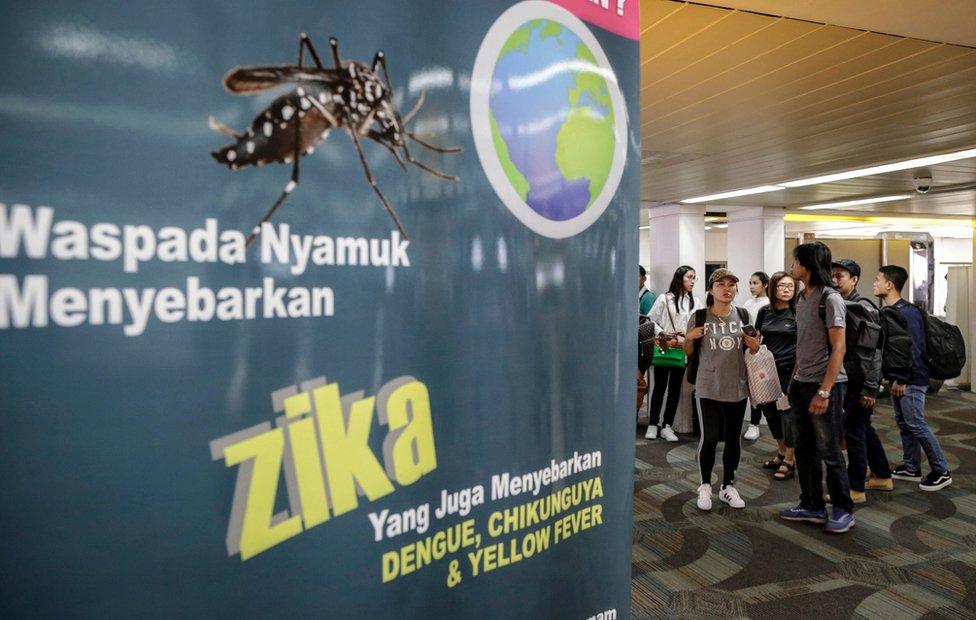
Regional airports have been screening travellers for Zika and also warning them about the disease
Prof Tambyah said authorities need to come up with more innovative ways to fight the disease.
He said the region still sees relentless epidemics of dengue - a tropical disease similar to Zika and carried by the same mosquito - despite devoting "huge amounts of resources" to mosquito control.

What are the symptoms of Zika?
Deaths are rare and only one-in-five people infected is thought to develop symptoms. These include:
mild fever
conjunctivitis (red, sore eyes)
headache
joint pain
a rash
A rare nervous system disorder, Guillain-Barré syndrome, that can cause temporary paralysis has been linked to the infection.
What can people do to avoid it?
As there is no vaccine or treatment, the only option is to reduce the risk of being bitten.
Health officials advise people to:
use insect repellents
cover up with long-sleeved clothes
keep windows and doors closed
ensure mosquitoes have nowhere to breed by removing standing water
Patients are advised to rest and drink plenty of fluids.
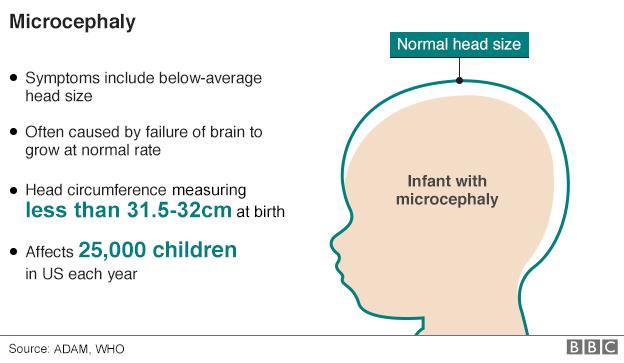
What is microcephaly
A birth defect where a baby is born with an abnormally small head, as their brain has not developed properly.
The severity varies, but it can be deadly if the brain is so underdeveloped that it cannot regulate the functions vital to life.
Children that do survive face intellectual disability and development delays.
It can be caused by infections such as rubella, substance abuse during pregnancy or genetic abnormalities.

- Published30 September 2016
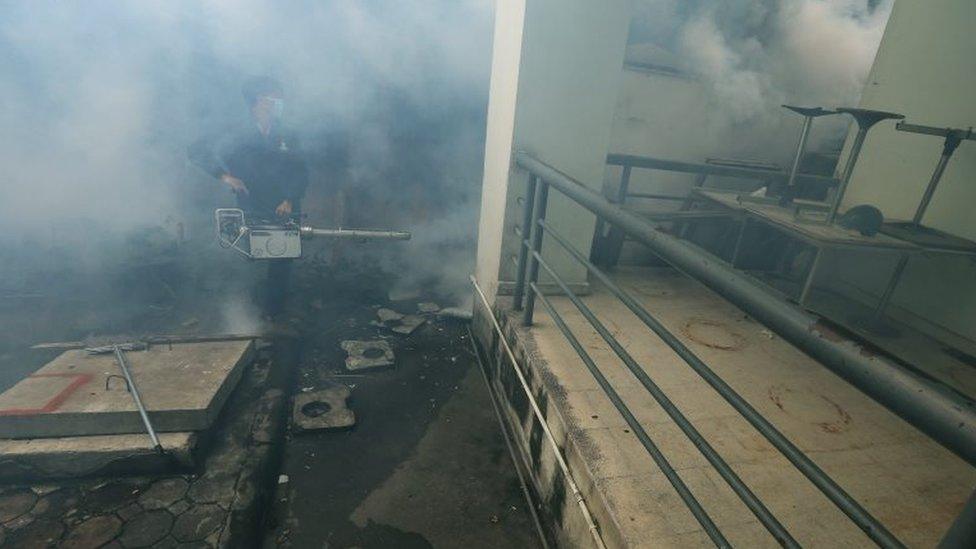
- Published8 September 2016
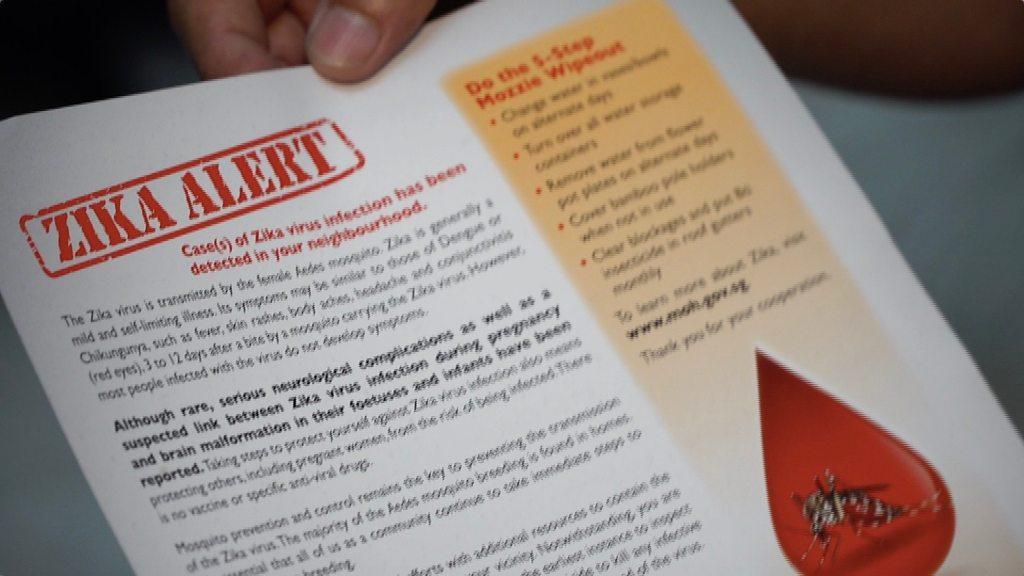
- Published31 August 2016

- Published2 February 2016